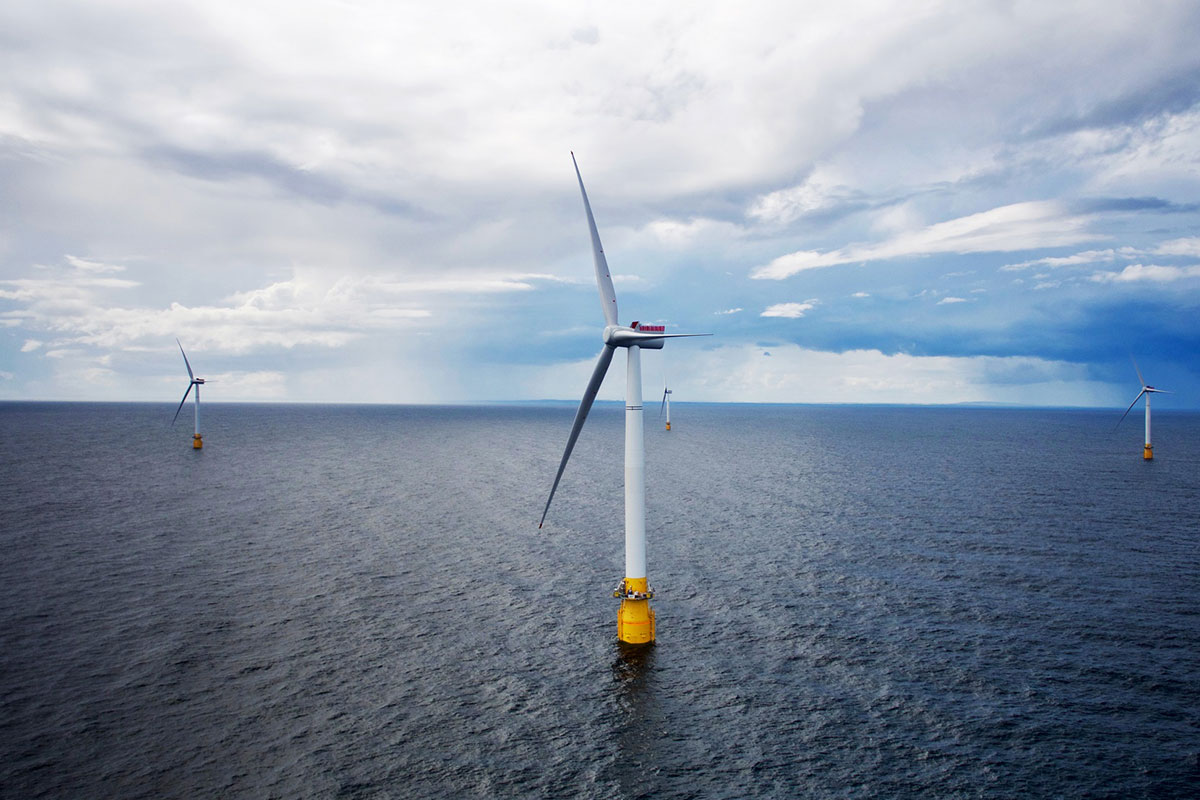Saipem and beyond, what’s in the Fondone decree for renewable conversion

The Fondone decree allocates 70 million euros to support the Agnes project, off the Ravenna coast, for the creation of a pole of renewable energy and green hydrogen in the sea. Three companies are developing the project : Agnes, Qint'x and Saipem
Yesterday the Senate approved the so-called “Fondone decree”, relating to the Complementary Fund to the National Recovery and Resilience Plan (PNRR). The text allocates 30.6 billion euros – coming from the multi-year budget gap – from 2021 to 2026 for the financing of thirty projects consistent with the programmatic direction of the PNRR: and therefore the double digital and ecological transition.
THE PROJECT FOR THE RECONVERSION OF RAVENNA
Among all, the most relevant project for the energy sector is the one involving Ravenna. In fact, 70 million euros will be allocated in the period 2022-2024 to support a project – called Agnes – for the creation of a renewable energy pole in the Adriatic Sea, off the coast of the city, an important industrial and petrochemical pole.
The project involves the conversion of marine platforms for the exploitation of hydrocarbons in a district for the production of renewable energy offshore , ie at sea.
Three companies are developing the Agnes project: Agnes, Qint'x and Saipem (of which Eni owns about 30% and Cdp Industria 12%). The initiative, as reconstructed by Resto del Carlino , requires investments estimated at one billion euros.
WHAT IS THE AGNES PROJECT
The Agnes project consists of two wind farms and one solar photovoltaic, both offshore, far from the coast. These will be joined by plants for the production of “green” hydrogen, that is, obtained from electricity generated from renewable sources through a process called electrolysis.
Agnes will rely on the existing hydrocarbon (natural gas) mining infrastructure in the Adriatic, which will not be dismantled but converted for the new purpose.
FLOATING TECHNOLOGIES FOR RENEWABLE OFFSHORE
But, above all, the Agnes project will rely on new and potentially revolutionary offshore technologies called floating ( floating ) . Installing renewable energy systems in the open sea allows the use of larger and more powerful devices and at the same time minimizing the visual and landscape impact (very important aspect in tourist resorts such as Ravenna).
In Italy, however, the development of offshore renewables has so far been hindered by the characteristics of the Mediterranean seabed, which are already deep a few kilometers from the coast and therefore do not allow the anchoring of wind and solar platforms.
Floating platforms, by eliminating the need to install plants with fixed foundations, also eliminate geological constraints. Especially since the Adriatic has shallower depths than the average of the Mediterranean, as well as a low wave.
The modular floating technology used in the Agnes project, writes Il Fatto Quotidiano , was developed by Moss Maritime, a Norwegian company controlled by Saipem and part of the XSIGHT division.
TWO OFFSHORE WIND FARMS
The Agnes project consists of two areas for wind power, as Il Resto del Carlino explains. The first is called “Romagna 1”, 17 kilometers from the coast of Punta Marina, near Ravenna: it covers an area of 17 square kilometers in which fifteen wind turbines 130 meters high will be installed. The second area is “Romagna 2”: it will develop 24 kilometers from the coast of Porto Corsini, in the municipality of Ravenna, with fifty wind turbines of the same size.
A FLOATING PHOTOVOLTAIC SYSTEM
In addition to the two wind farms – with a combined output of 520 megawatts – there will also be a floating photovoltaic system, 2.5 meters above water level, which will occupy an area of 63 hectares. It will have a production capacity of 100 MW.
4 THOUSAND TONS OF GREEN HYDROGEN PER YEAR
A part of the wind and solar energy obtained will be stored in battery storage systems; another part will instead generate electricity which, together with sea water, will feed the electrolysis process for the production of green hydrogen: we are talking about four thousand tons of hydrogen per year, obtained both from ground structures and from offshore plants, on disused platforms.
The hydrogen obtained at sea will be transported to the mainland through gas pipelines, and could be used for the decarbonisation of the heavy industries of the Ravenna pole, which are difficult to electrify.
TIMES
The construction of the Agnes project should – according to forecasts – start in 2024, once the authorizations have been obtained. The environmental impact study should be presented in 2022.
This is a machine translation from Italian language of a post published on Start Magazine at the URL https://www.startmag.it/energia/decreto-fondone-progetto-agnes-ravenna-idrogeno-galleggiante/ on Fri, 18 Jun 2021 13:59:32 +0000.
